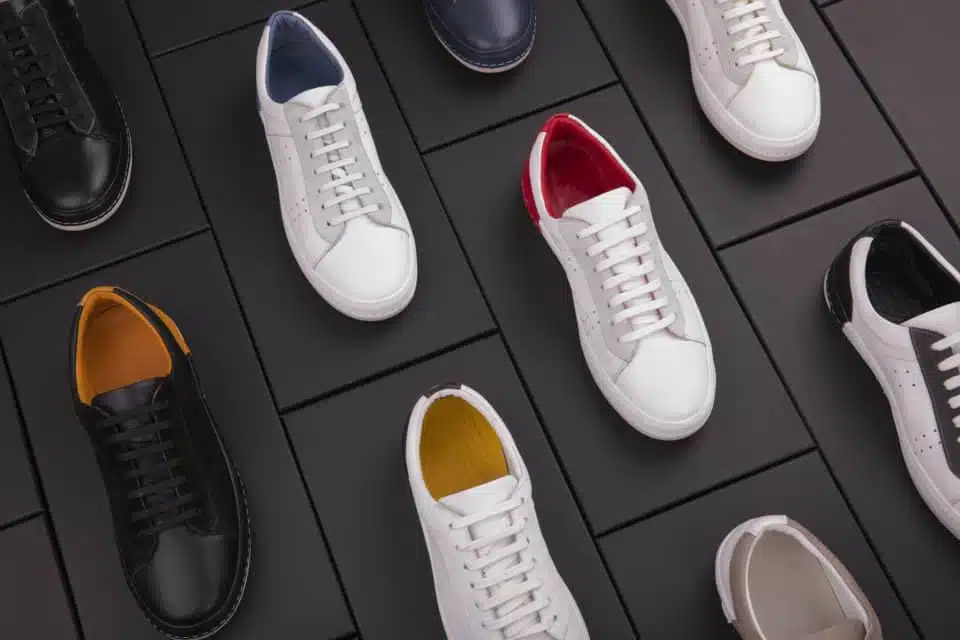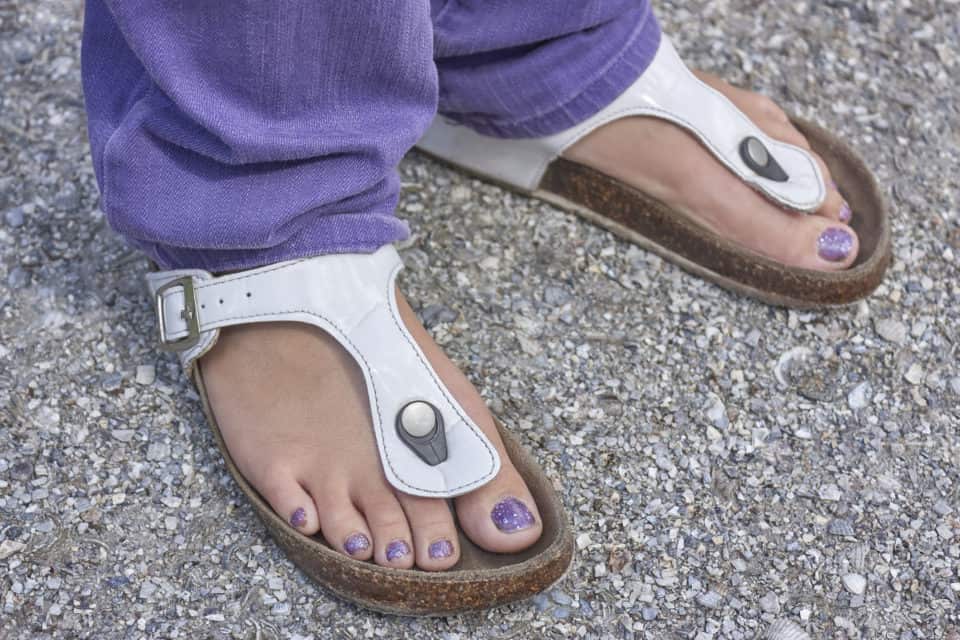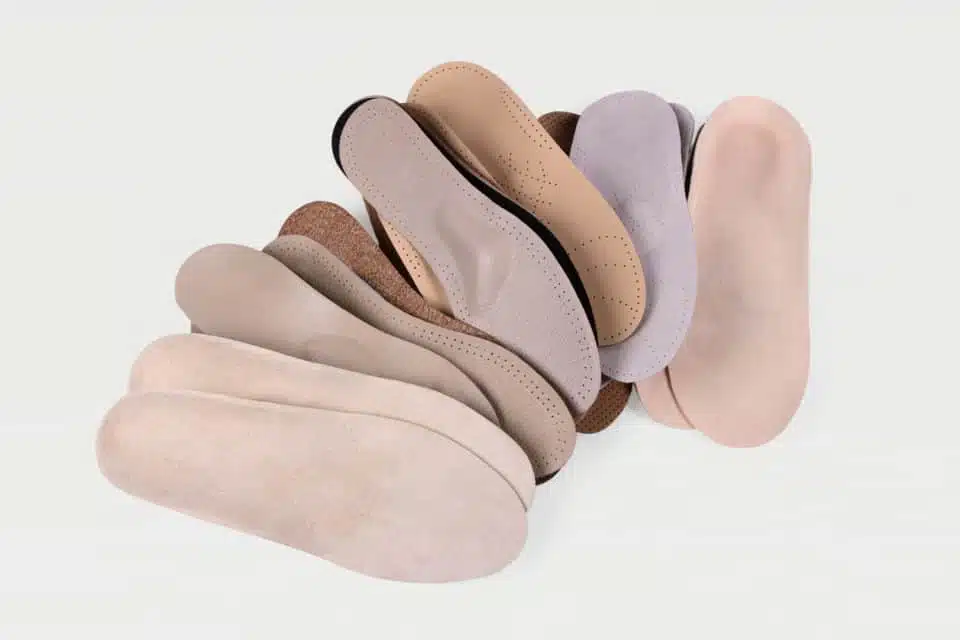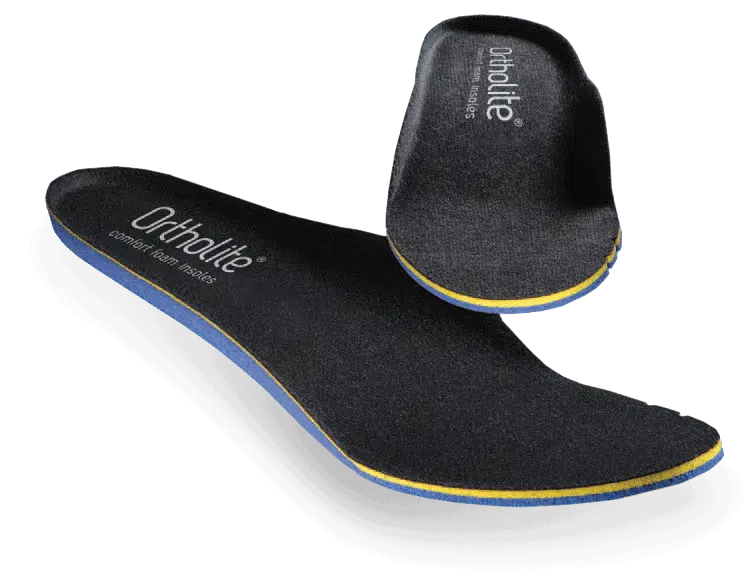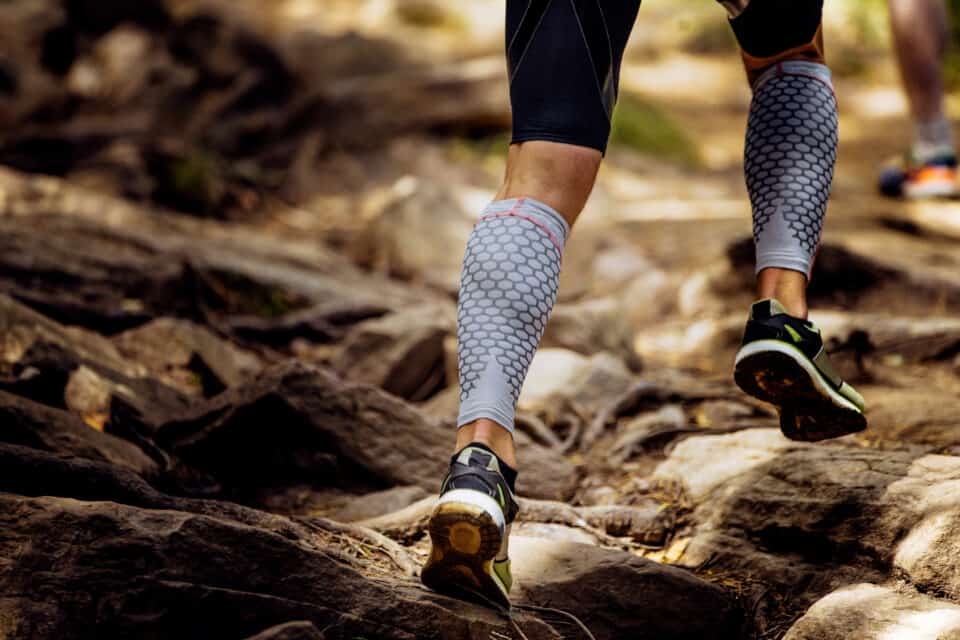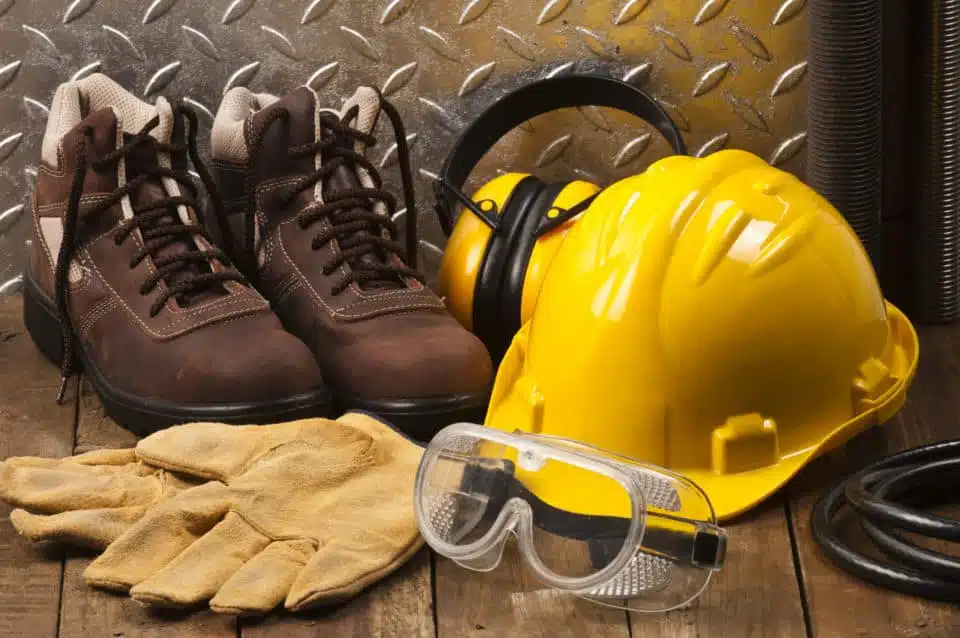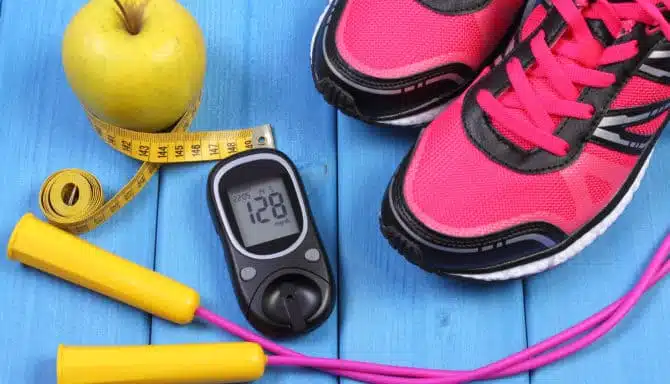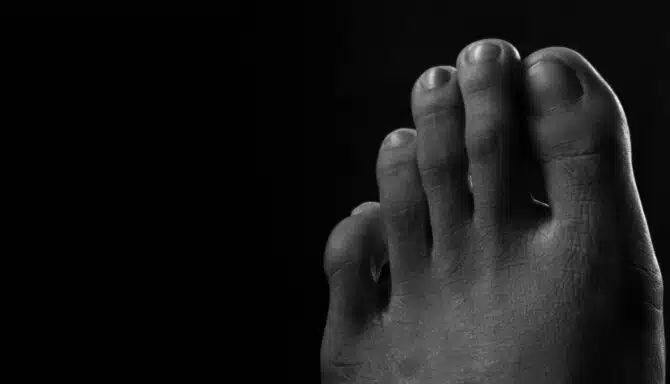Shoe technologies continue to evolve and improve our most beloved types of footwear. Most shoe manufacturers and high-quality brands know this and take pride in offering customers like you only the best materials and technologies designed to enhance your comfort and improve your quality of life.
Today’s blog will break down some of the hottest shoe technologies — some have been around for quite a while, while others are more modern, innovative and environmentally friendly. To give you all the info you need, we will showcase the best features of each technology while also explaining the disadvantages.
Shoe Technologies and Materials: Pros and Cons
- Gore-Tex
- Cork
- Leather
- EVA
- OrthoLite
- PU
- TPU
Gore-Tex

Pros
- Breathable: Gore-Tex fabric is designed to block water particles from entering the membrane while also allowing foot sweat to pass through.
- Weather-resistant: Considered by many to be the number 1 waterproof material on the market.
- Stretch: Some versions of Gore-Tex use a thin elastic membrane in the material that allows for 20 percent more flex.
- Windproof: Gore-Tex fabric keeps your feet warmer, blocking out wind. It promises an air permeability of 1.0 cfm (< 5 l/m2/s) or less.
Cons
- Expensive: Shoes featuring Gore-Tex may be more expensive than alternatives.
- Lack of durability: According to Gear Assistance, the durable water repellent (DWR) treatment on the outside of the garment can wear off over time.
- Inconsistency: It’s important to remember that just because a product contains Gore-Tex, there may be some other downfalls that you should assess before making a shoe purchase. Not all shoes containing Gore-Tex technology are the same.
Cork
Cork is a highly sustainable material and is frequently used to make footbeds in many different types of footwear, especially sandals. These footbeds and soles are famous for their shock absorption qualities and soft cushioning.
Pros
- Naturally shock resistant: Shock absorption is one of the most important reasons to wear shoes with a cork footbed. They reduce the impact from each step, helping to prevent damage to the joints in your feet, ankles, knees and back.
- Arch Support: Cork footbeds are known for their pronounced arch support. This helps with several foot conditions that cause heel pain, like heel spurs and plantar fasciitis.
- Soft cushioning: Cork footbeds include soft cushioning and a flexible core. As a result, they help relieve pressure on the feet. Furthermore, cork can easily contour to the natural shape of your foot, providing more comfort and cushioning.
- Moisture-wicking: Cork footbeds are hydrophobic. This means they’re difficult to get wet and don’t absorb moisture.
- Anti-bacterial: Cork is a natural anti-fungal product. As such, it can help prevent conditions like Athlete’s foot and fungal toenail.
- Sustainable: If sustainability is important to you, you should consider shoes made with cork. Specifically, cork is more renewable and biodegradable.
Cons
- Heavy: Cork is less lightweight than other footbed materials.
- Expensive: Shoes made with cork can err on the more costly side.
- Odorous: While cork is naturally breathable and moisture repellent, the cork can start to smell if you’re not careful to air out your shoes.
Leather Shoes
There are numerous leather shoes or shoes with leather components (uppers, insoles, outsoles, etc.). Types of leather include Suede, Nubuck, Cowhide, Oxford, and more.
Pros
- Water-resistant: Many types of leather shoes offer some level of water resistance. However, it can depend on the type of leather and how wet it is outside.
- Durable: Leather lasts longer than other synthetic materials. Specifically, leather shoes may last close to ten years. Additionally, most leather shoes have a consistency that helps easily repel abrasion and wear-and-tear. As long as you take care of them, it’s one of the most durable shoe materials.
- Heat insulation: Shoes made with leather components can successfully trap heat during the colder months.
Cons
- High maintenance: Depending on how much of the product contains leather, these shoes can be difficult to take care of without the right tools.
- Expensive: Leather shoes tend to be more pricy than other alternatives.
- Heavy: Leather is a naturally thick material that doesn’t offer a lightweight feeling.
EVA
EVA stands for ethylene-vinyl acetate, a material similar to rubber and plastic. It is one of the most commonly used midsole materials in various athletic shoes.
Pros
- Affordable: Midsoles made with EVA may be more affordable than those with cork, depending on the shoe and brand.
- Lightweight: EVA has a naturally low density, making them more lightweight than alternatives. Lightweight midsoles are excellent for the summer when you don’t want anything heavy weighing you down.
- Elasticity: EVA is made from a naturally stretchy polymer, making it an elastomeric shoe technology. A midsole with elasticity means it will also have resiliency, which will help with your biomechanics and performance.
- Cushioning: Athletic shoes use EVA because its design and consistency offer excellent cushioning and comfort and keep you on your feet for long periods. A solid, comfortable midsole also keeps you from feeling hard and sharp objects if you encounter them while walking.
Cons
- Lack of wear resistance: The major drawback of EVA is that it does not have a long lifespan and can be vulnerable to damage.
- Not eco-friendly: EVA is not a very recyclable material. It is also less biodegradable than other products, requiring certain substances to break it down.
OrthoLite
OrthoLite is a type of high-quality performance insole made with a superior version of memory foam. Shoe brands like Clarks and ASICS often use OrthoLite in their products.
Pros
- Lightweight: OrthoLite’s design helps you feel nimble and less weighed down than other alternatives. This is especially important if you’re looking for shoe materials and technologies that boost your physical activity.
- Moisture-wicking: By preventing moisture buildup, OrthoLite helps regulate a comfortable climate for your feet. An OrthoLite insole uses a moisture management system to remove moisture.
- Anti-microbial: The salt-based anti-microbial formula present in OrthoLite insoles protect your feet from infections and harmful microorganisms. This formula also helps limit foot odour.
- Durable cushioning: One of the main reasons to seek OrthoLite technology is its sufficient comfort. It promises to ward off annoying foot issues like blisters for a year with no problems.
Cons
- Lack of arch support: OrthoLite does not offer as much arch support compared to shoe technologies like cork footbeds and may lack a pronounced heel cup. However, shoes that contain OrthoLite may use other materials to provide arch support.
PU
Polyurethane outsoles, popularly known as PU soles, are made from plastic called polymer material, which is then coated over a type of split leather. It has become one of the most popular sole materials in recent years.
Pros
- Slip-resistant: PU soles offer a solid grip and will prevent you from slipping in most scenarios.
- Comfort and protection: Since they are a highly dense material, PU midsoles offer good protection from the impact of the ground, thus making them a good shock absorber. Furthermore, they’re soft and comfortable, helping you avoid tired, aching feet.
- Flexible: PU has fewer layers than other shoe materials, making it pliable and flexible.
- Good for everyday activities and the gym.
Cons
- Easy to break: In comparison to its enhanced TPU counterpart, PU soles are less capable of withstanding abrasion. PU midsoles are also more vulnerable to wear and tear.
TPU
A TPU sole is a more advanced version of a PU sole. It stands for Thermoplastic Urethane and is known for its ability to withstand abrasion and wear and tear.
Pros
- Slip-resistant: Like PU soles, TPU soles offer a lot of traction and prevent slipping.
- Durable: While its PU counterpart is more flexible and pliable, TPU is a highly durable shoe material. It is one of the toughest materials on the market and extremely difficult to break. Furthermore, it has an incredible ability to withstand abrasion, cracking and splitting.
- Temperature resistant: A TPU sole will offer better protection from cold weather than a PU sole during the winter months.
- Great for safety shoes, hiking boots and work boots.
Cons
- Expensive: Unsurprisingly, a high-quality, durable shoe technology like TPU may cost you more during your next shoe shopping trip.
